It’s one of the most important bridges in London, and in this post, you’ll discover the ultimate list of facts about Westminster Bridge.
Related: Check out these great bridges from all around the world.
1. A bridge was proposed on the location since 1664
London was growing rapidly in the 17th century, and London Bridge was congested with traffic for most of the day. Therefore, a first proposal was submitted back in 1664 to construct a bridge that would connect Westminster on the west side and Lambeth on the east side
The initial proposal was refused.
The main objections came from the local markets who feared they would lose customers, and watermen because they feared the navigation on the river would become obstructed.

2. There used to be a wooden bridge on the location
The city was growing even faster in the early 18th century and another proposal for a bridge was submitted in 1722.
It was again refused for the same reasons, even though it was harder to deny the necessity of such a bridge. After all, people were waiting for about one hour to cross London Bridge by this time, after taking a one-hour detour as well.
A temporary wooden bridge was constructed at Putney in 1729 to appease the people protesting the objection to building the bridge at Westminster.
3. The bridge was finally approved
When a bill was submitted in parliament, it was virtually impossible to deny the need for a bridge at Westminster. Therefore, it was finally passed in 1735.

The bill that was passed became law the following year in 1736, so preparations for construction could be started.
Additionally, newly improved roads around Charing cross and what would become Trafalgar Square were included in the plan as well.
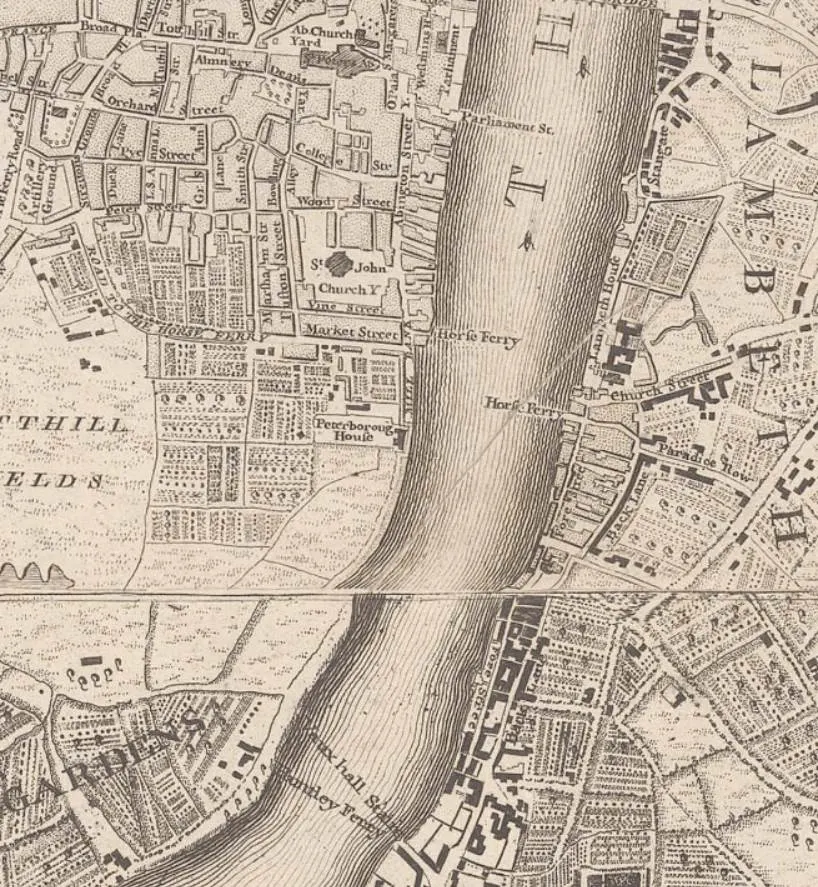
4. Westminster Bridge was funded with lotteries
Some of the funds for Westminster Bridge came from private investors. One of the most interesting facts about Westminster Bridge though is that the other money needed for construction to start was raised by organizing £5 lotteries.
3 of such lotteries were held and the goal was to raise £625,000. The lotteries were a success and raised a total of £197,500.
5. The bridge got itself a nickname
Even though lotteries were pretty common during this time, it wasn’t a usual way to raise funds for an important bridge that would benefit the city.
Many people didn’t appreciate this fraud-ridden way of collecting funds, and it made Site Henry Fielding refer to it as “The Bridge of Fools.”
6. The bridge was able to remain toll-free
After the lotteries were completed and private investments were collected, the budget was made and it was determined that another £380,500 would be needed for the construction to start.
The parliament decided to pay for the remaining cost, which allowed the bridge to remain toll-free when it was opened.
7. Construction took much longer than expected
The “Bridge of Fools” was starting to become a reality when the engineers in London weren’t able to figure out how to get things started. This caused multiple delays, which made the people a bit agitated.
London Bridge was there, sure, but it was built 600 years earlier and not a reference for constructing the bridge. The wooden bridge at Fulham wasn’t either. No other reference could be made than to seek help abroad.
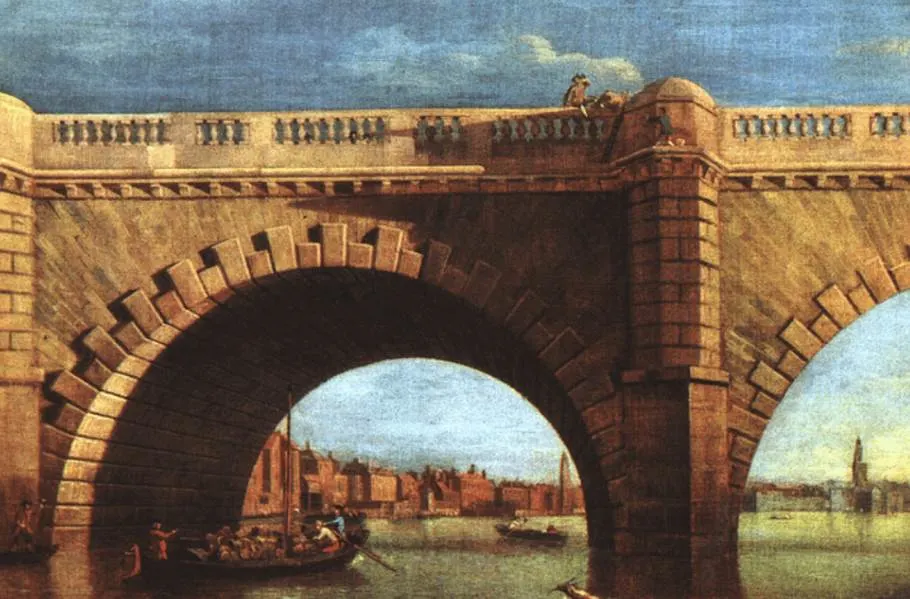
8. Westminster Bridge was constructed by a Swiss
Since there weren’t any British architects capable of doing the job, the only way was to seek abroad. The French were way further ahead in bridge building, but hiring a French engineer to build a bridge in London probably wouldn’t have been a good idea.
They eventually found a young Swiss engineer named Charles Labelye (1705-1762) who moved to London in the 1720s and had a British passport as well.
An interesting fact about the engineer of Westminster Bridge: When he moved to London, he claims he didn’t know a word of English!
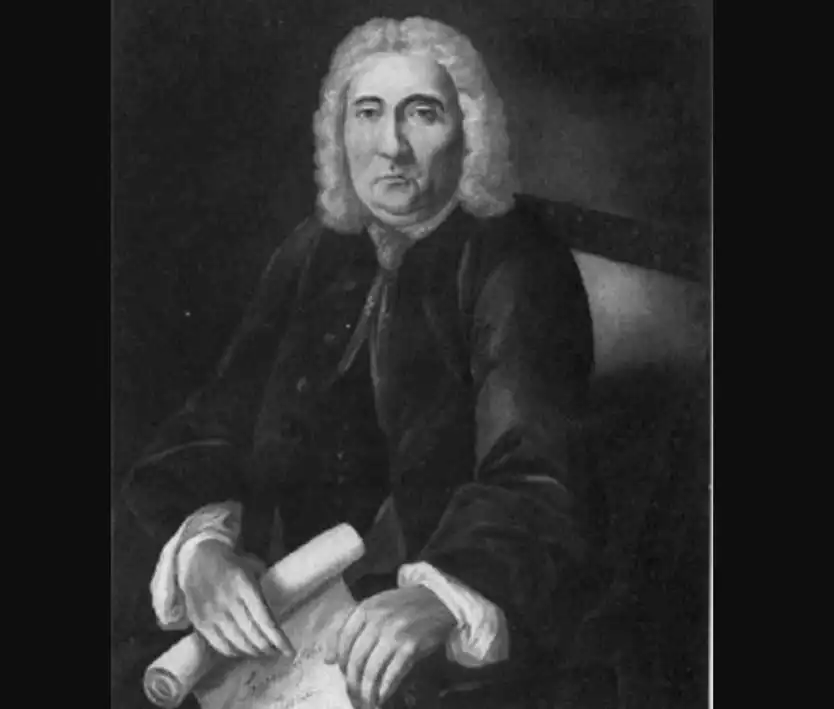
9. Labelye received heavy criticism
The British architects weren’t too happy that a foreigner was assigned to build Westminster Bridge. Therefore, his revolutionary practices were heavily criticized by some of his British colleagues.
In one pamphlet, he was referred to as “Mr. Self-Sufficient,” who made “Westminster Bridge Sinking into ruin.”
Obviously, they were complete amateurs and their observations were as good as anybody who wasn’t remotely knowledgeable about engineering and constructing a bridge.
10. Westminster Bridge was completed in 1750
With all the delays initially, it’s no wonder that the construction took much longer than expected. After starting in 1739, the bridge was only completed in 1750 and officially opened to the public on November 18 of that year.
The first reaction of Londoners was extremely positive, and a magazine called “Gentlemen’s Magazine” referred to the bridge as “A very great ornament to our metropolis, and will be looked on with pleasure or envy by all foreigners.
This was in clear contrast to the envious pamphlet that was published just two years earlier by ill-informed British architects.
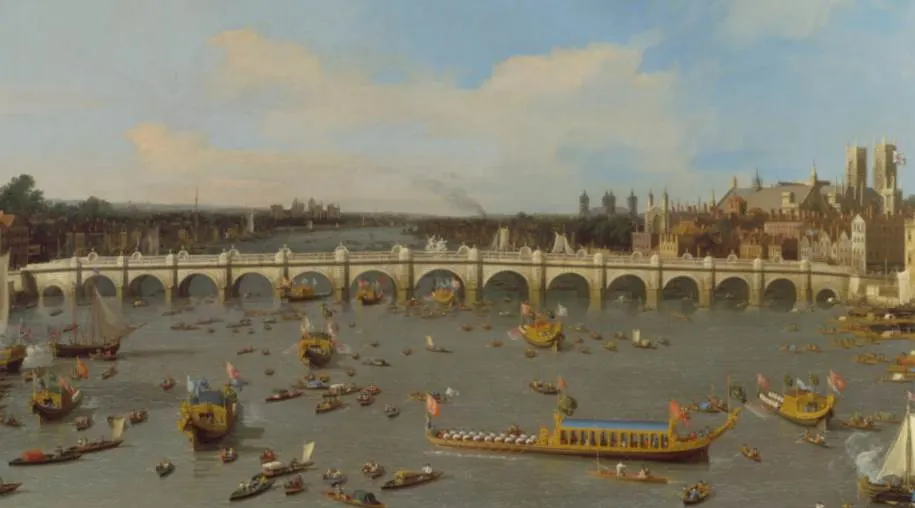
11. It was much longer than London Bridge
Westminster was well-received as it helped Londoners avoid congested roads, and it looked pretty amazing upon completion as well.
The only real reference was London Bridge, and Westminster Bridge turned out to be 300 feet longer than its counterpart. There were two pedestrian roads on each side which were 7 feet wide, and the main road in the middle was 30 feet wide.
As a result, the city decided to widen London Bridge about a decade later between 1760 and 1763.
12. It started to decay in the 19th century
London kept on growing all through the 18th century and became one of the biggest cities in the world in the 19th century.
This meant that a lot of traffic was passing Westminster Bridge every single day, resulting in the bridge to start subsiding. On top of that, it proved to be expensive to maintain the bridge as well.
13. A new Westminster Bridge was built
Halfway through the 19th century, there was no other option than to demolish the old Westminster Bridge and replace it with a new one.
Thomas Page, a British architect, and civil engineer was assigned to the project, and he got help from Sir Charles Barry, the architect of the Palace of Westminster and Big Ben.
It was built between 1854 and 1862 in a Gothic Style and is much shorter than the original bridge with a length of 820 feet (250 m) and a width of 85 feet (26 m).
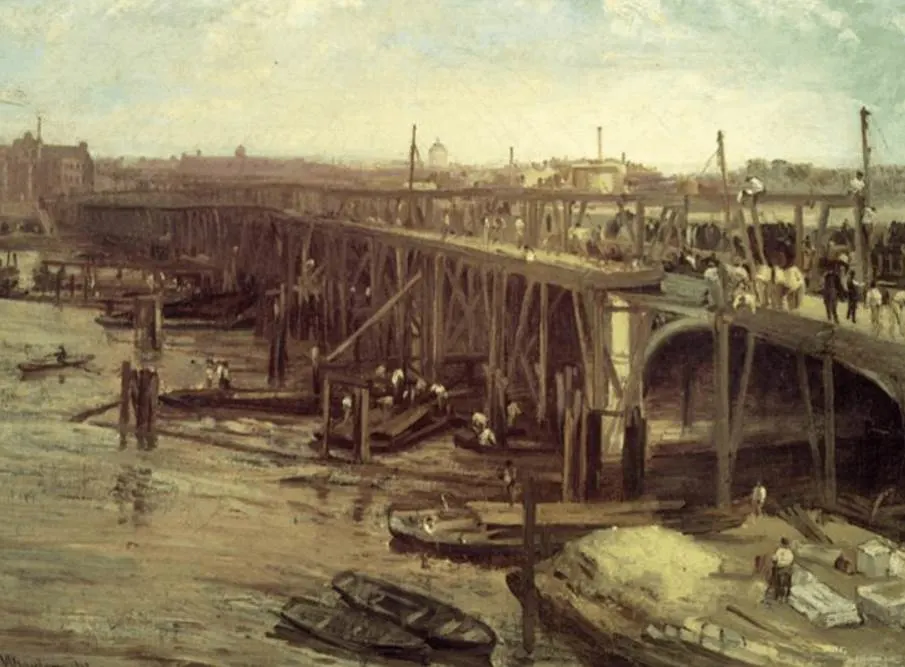
14. The bridge was opened on a special day
The official opening of the new Westminster Bridge happened on May 24, 1862. This was the 43rd birthday of Queen Victoria.
She was scheduled to conduct the opening ceremony, but since her future husband, Prince Albert, recently passed away, she was still in mourning and canceled the event and the bridge was opened without her presence.
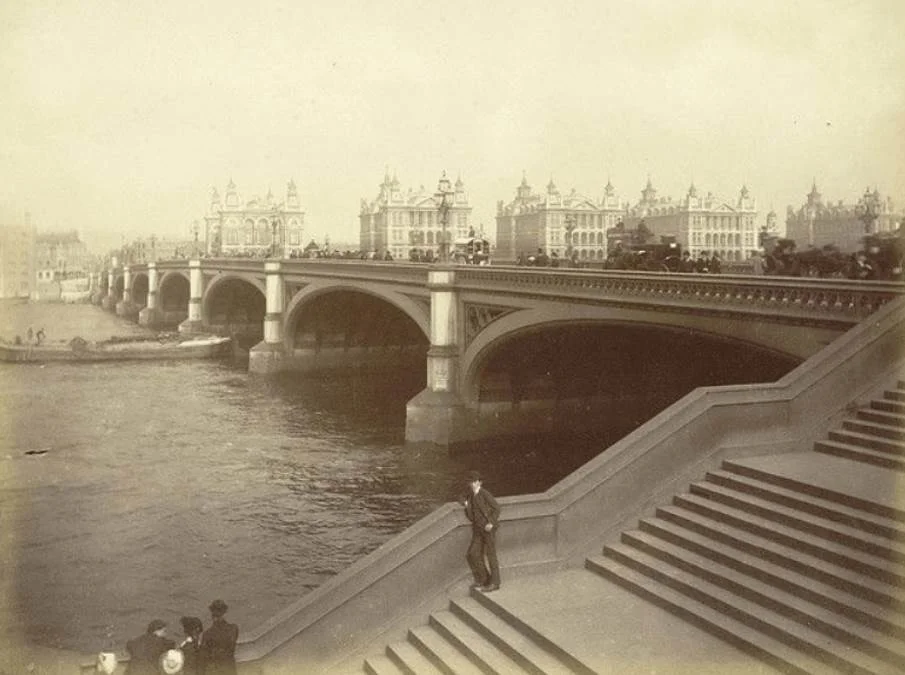
15. The bridge is decorated in honor of Queen Victoria
Even though she wasn’t able to witness the official opening of Westminster Bridge, Queen Victoria and her future husband, Prince Albert, were still honored on the bridge.
At the sides, the bridge is ornamented with the coats of arms of Queen Victoria, and Albert, Prince Consort.
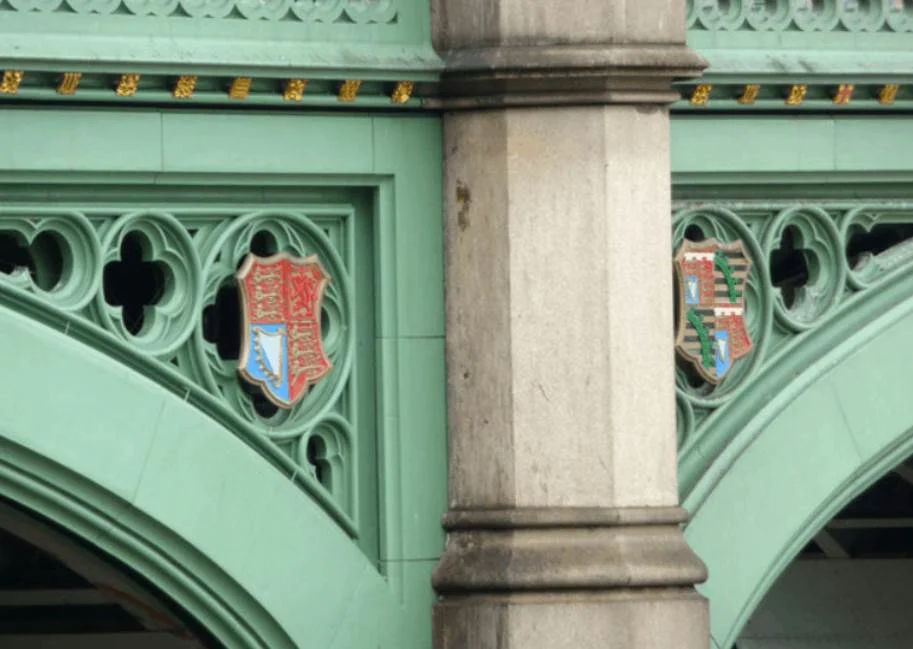
16. It’s the oldest road over the River Thames
It wasn’t the oldest until the old London Bridge was demolished and replaced with its modern version. This happened in 1967.
This means that Westminster Bridge is officially the oldest road that crosses the River Thames in central London, and yes, this means older than the iconic Tower Bridge as well!
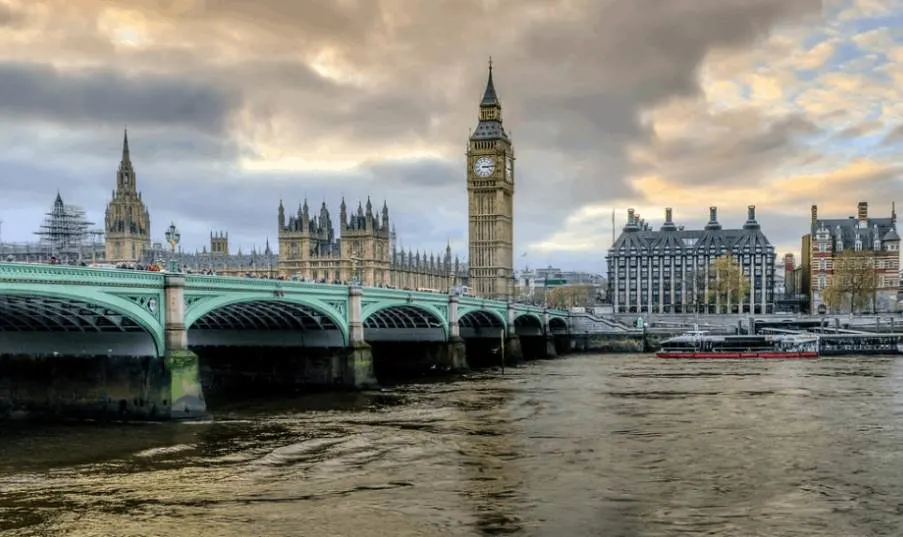
17. Why is Westminster Bridge painted green?
Did you notice that Westminster Bridge has been painted in a very distinct green color? Well, we can assure you that this didn’t happen by accident!
It’s a reference to the color of the seats in the House of Commons, located in the Palace of Westminster and the part closest to the bridge.
Ever went a bit further upstream? Then you surely came across Lambeth Bridge, which is painted in red as a reference to the seats in the House of Lords, which is obviously located next to it.
18. The lamps were designed by the co-architect as well
Have you ever noticed how wonderful the lamps on Westminster Bridge look?
These gothic-style lamps were designed by nobody else than the architect of Westminster Palace, Sir Charles Barry.
He also helped Thomas Page with the design of the bridge, so he surely wanted to use the lamps as a reference to his amazing work a bit further.
19. Westminster Bridge has appeared in several movies
Iconic landmarks are always a favorite spot to film movies. Westminster Bridge is no different as it has appeared in several films as well.
Some of them are:
- Doctor Who (1964) – The Dalek invasion of earth.
- 28 days later (2002) – The main character walks over an empty Westminster Bridge to search for signs of life in this British horror movie.
- Spectre (2015) – James Bond movie in which a helicopter crashes into the bridge.
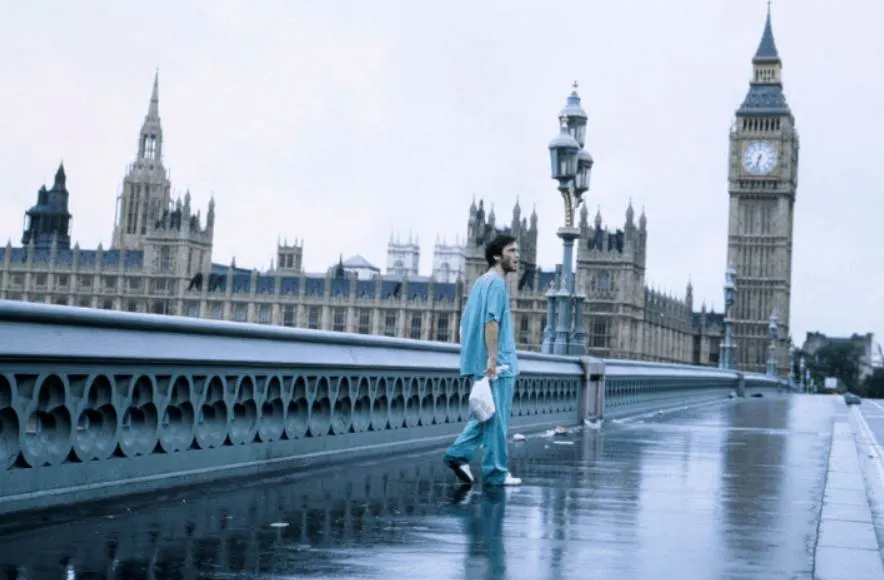
20. You need to see this architectural joke
Not much needs to be said about this one, it’s pretty funny!
Just wondering, do you think this is what the designers had in mind when constructing Westminster Bridge?

